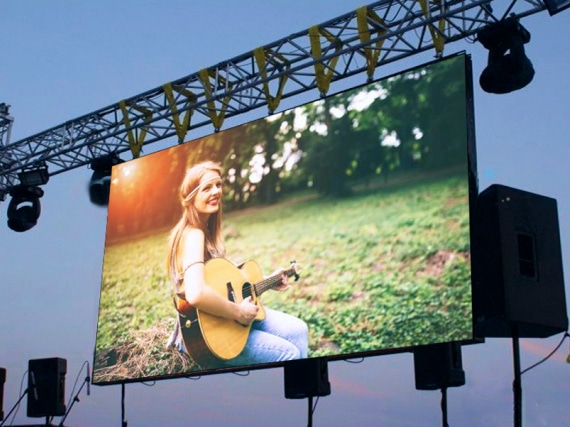Innovative Strategies to Improving Untethered Connectivity Technologies for LED Panel Surfaces.
Wiki Article
Wireless communication technologies for LED wall screens have redefined the way we experience visual displays in various settings, such as live events, conferences, and promotional displays. These units, known for their high-impact colors and high resolution, rely heavily on strong wireless networks to function optimally. As digital infrastructure continues to advance, cutting-edge strategies are being developed to optimize these wireless solutions. This article will examine some of the latest techniques aimed at boosting wireless connectivity for LED wall displays.

One notable approach to enhancing wireless communication is the use of advanced antenna systems. Antennas play a critical role in sending and capturing signals between devices. By utilizing adaptive antenna arrays, which can adapt their orientation and beamforming pattern based on the surroundings, manufacturers can greatly enhance signal integrity and reliability. This dynamic tuning helps minimize interference from other electronic systems and obstacles, leading to sharper video output and more stable link performance for LED wall panels.
Another forward-thinking strategy involves implementing mesh network architectures. Unlike traditional wireless setups that rely on a single access point, mesh networks consist of multiple nodes that work together to extend the internet connection over a broader area. This setup guarantees that LED wall screens receive a consistent signal regardless of their placement. In spaces like arenas or large exhibition halls, where physical barriers may interfere with signals, mesh technologies provide a more robust framework by ensuring connectivity even in high-traffic areas.
In addition, incorporating edge computing into wireless connectivity can enhance performance for LED wall panels. Edge computing allows data processing to occur closer to the source of data generation rather than relying solely on centralized cloud infrastructure. By analyzing data at the edge of the Luminescent Diode wall units, the architecture minimizes latency, resulting in quicker response times and more fluid video rendering. This innovation is especially advantageous for use cases that require real-time updates or interactive features, making presentations more engaging for ambient LED lighting design audiences.
Lastly, leveraging new communication protocols can also improve wireless connectivity for LED wall screens. Protocols such as 802.11ax and fifth-generation wireless offer greater bandwidth and accelerated data throughput compared to previous standards. These technologies allow multiple devices to connect simultaneously without sacrificing performance. As LED wall panels are often paired with other smart technologies, integrating these advanced protocols ensures that all components can communicate effectively, leading led wall panel backlit to an significantly improved user interaction.
To summarize, the enhancement of wireless connectivity technologies for LED wall panels is crucial as technology continues to advance. Through innovations such as smart antennas, mesh networking systems, edge computing integration, and new communication protocols, manufacturers can deliver better performance and stability. These approaches not only improve the functionality of Luminescent Diode wall units but also enhance the visual experiences they offer across various settings. As these advancements develop further, audiences can look forward to even more cutting-edge visual presentations in the future.